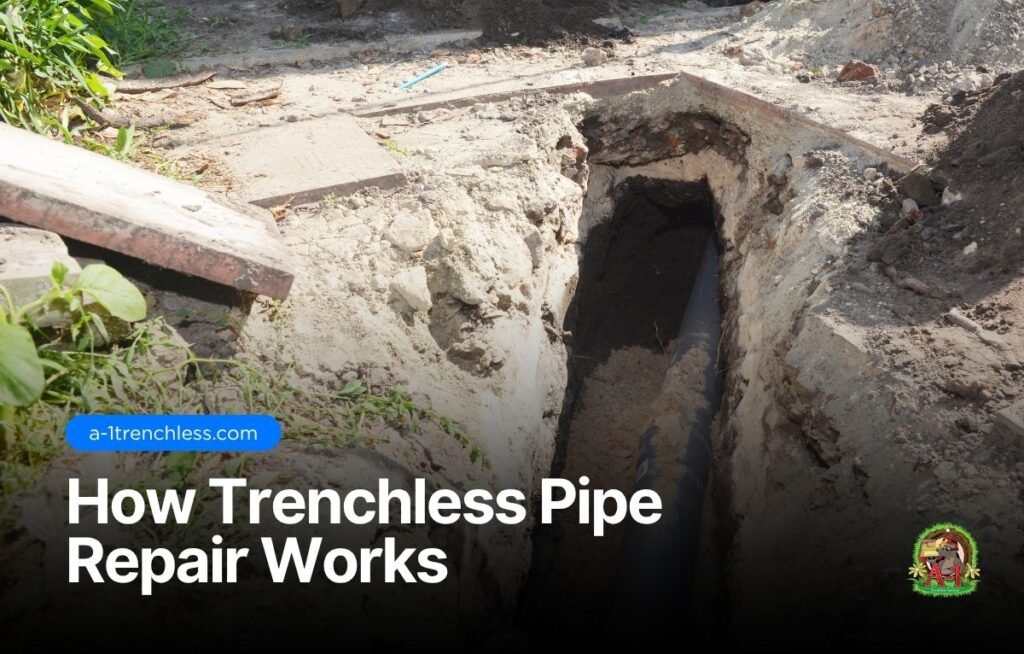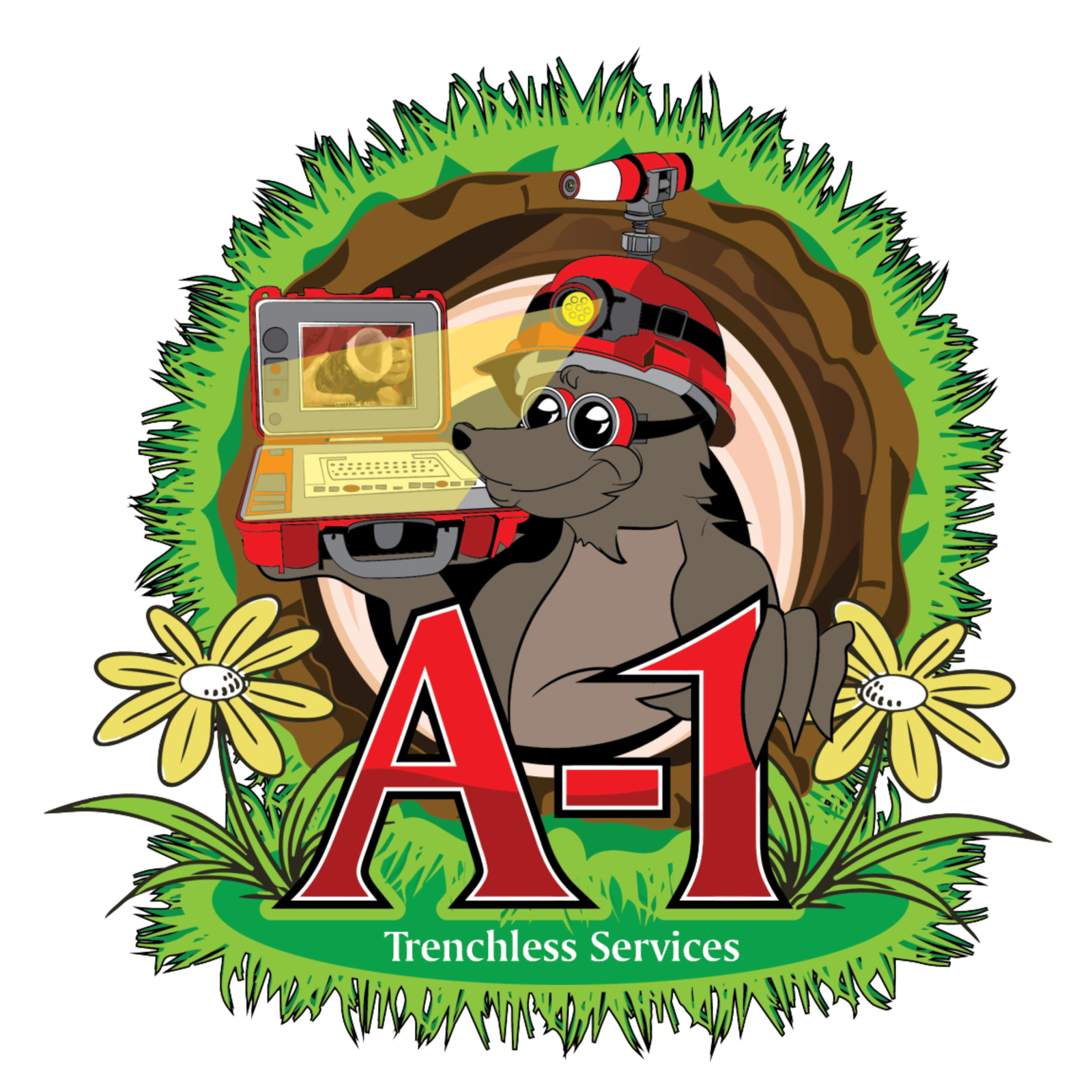Trenchless repair begins with a full video inspection of the affected pipe to determine the severity and location of the damage.
This is a critical first step, as it guides the plumber in choosing the best method for the repair.
Once the issue is identified, the technician selects a suitable trenchless technique, which can vary depending on the condition of the existing pipe, its diameter, and its material.
The two most common methods are
pipe lining (also known as cured-in-place pipe or CIPP) and
pipe bursting.
Pipe lining involves inserting a flexible epoxy-coated liner into the existing pipe. Once in place, the liner is inflated and left to cure, essentially creating a new pipe within the old one.
This method is ideal for pipes that are still structurally intact but have minor cracks or leaks.
Pipe bursting, on the other hand, is used for more severely damaged pipes.
A bursting head is pulled through the existing pipe, breaking it apart while simultaneously pulling in a new high-density polyethylene (HDPE) pipe behind it.
The result is a brand-new, seamless pipe that can last for decades.

